Street Fighter & Tekken - A Mash-Up Not Meant for Greatness - Article
by
Daniel Parker
, posted on 12 October 2020
/ 5,335 Views
Tekken and Street Fighter - two giants of the head-to-head fighting genre. A clashing of decades-old titans that was once thought to be a dream matchup that would never happen. It ignited a flame of excitement that quickly fizzled out and became a cautionary tale for game developers.
Although the Street Fighter series began in 1987, it was the 1991 sequel, Street Fighter II, which set-up the groundwork for how 2D head-to-head fighting games would work. Unlike the original, in which players one and two could only use clone characters (Ryu and Ken, respectively), Street Fighter II introduced a mostly new cast of characters, with only the duo and the previous game's final boss, Sagat, returning. Both players were allowed to freely select characters, which demanded the game be fine-tuned and balanced for the full range of fighters, rather than rely on a perpetual balance of both users being limited to the same choice, as they were in the original game.
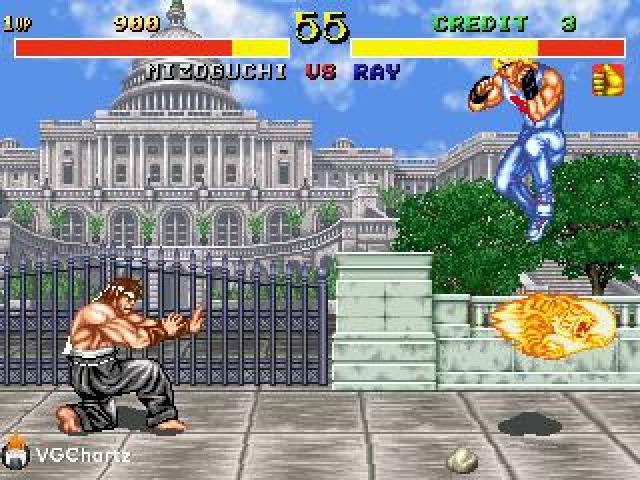
Bigger and better, Street Fighter II was vacuuming in the quarters of the arcades, with companies taking notice, creating imitators that would join in on the trend. One such imitator, Data East's Fighter's History, was deemed by Capcom to be too similar to Street Fighter II, and so Capcom sued. However, Capcom lost, as it wasn't entitled to own an entire game genre - especially not one of which could be argued that Data East was actually the creator of, with its title 1984 title, Karate Champ. Capcom losing this legal battle meant companies needn't worry about making their own games within the genre.
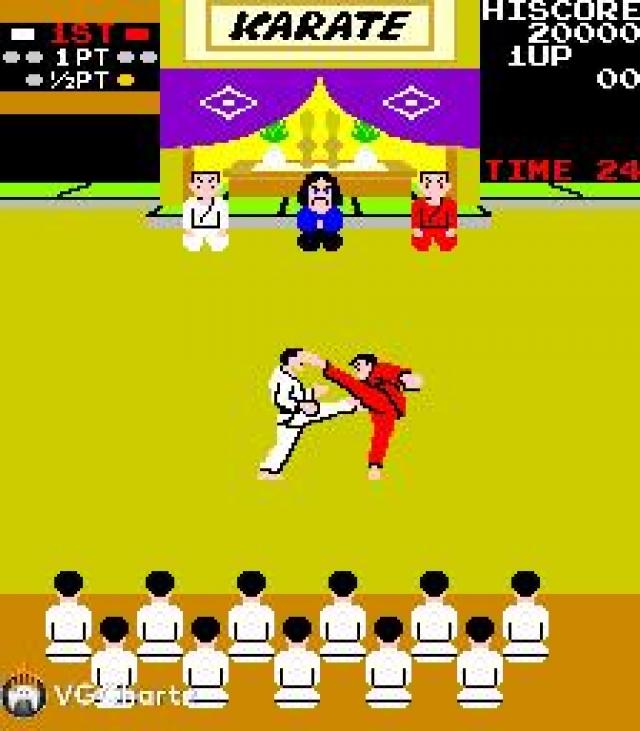
With technology advancing in the early 90s, 3D-generated graphics on home consoles were becoming easier, and more appealing. Sega's Virtua Fighter, a remarkable game that continued to innovate throughout its series installments, was the first head-to-head fighter to fully utilize 3D-generated graphics for its player-controlled fighters. Rushing to claim the title of being first, Sega sent out an updated Virtua Fighter: Remix to fans who had registered their Sega Saturns via snail mail.
However, Seiichi Ishii, a designer on Virtua Fighter, would leave Sega and join Namco to create Tekken, which would provide an answer to Sega's 3D fighter on PlayStation hardware. Although the two games were about as similar as Street Fighter II was to Fighter's History, there were no lawsuits between the two companies.
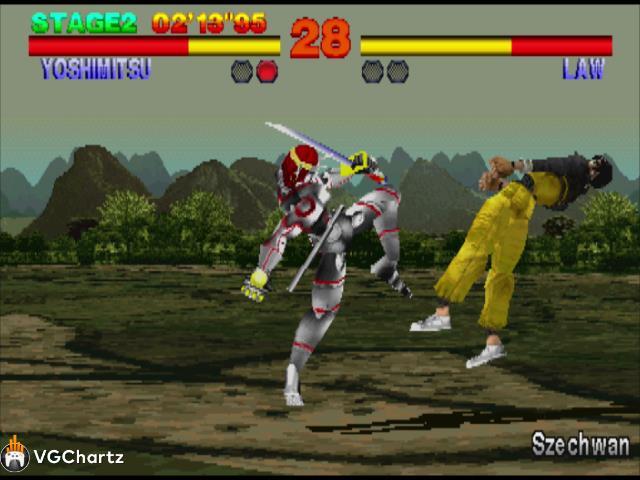
As 3D graphics were seen as the big new thing, Sega's and Namco's 3D fighters would be considered among the best in the genre during the '90s, as Street Fighter's popularity waned. That said, 2D was becoming more refined at the time and 1997's Street Fighter III was too demanding to run on home consoles of the era. Despite aging gracefully and still looking fantastic today, Street Fighter III was seen as unappealing, not only because of its trend of using a new cast of characters but also because it didn't use 3D-graphics that would be primitive by today's standards. Despite two updates to Street Fighter III - 2nd Impact and 3rd Strike - and an attempt to transition into 3D with the Street Fighter EX series, the series ultimately would go on hiatus.
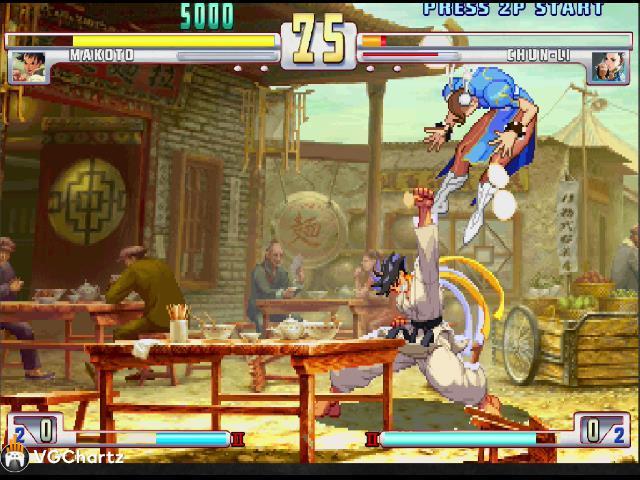
Eventually, Sega would slow down its production of Virtua Fighter games, with 2010's Virtua Fighter 5: Final Showdown being the final Virtua Fighter game released to date, giving Tekken fans another point as to why their series was better than Virtua Fighter. It was a year prior, however, that Street Fighter returned and re-energized the 2D fighting game genre.
Released in 2008, Street Fighter IV traded away 2D graphics for 3D, while retaining its 2D fighting mechanic. It was met with praise, abandoning the series trend of using a mostly all-new cast and instead going back to the fan favorites of Street Fighter II and the Street Fighter Alpha series. Even some Street Fighter III characters made the return in future title updates.
Now back on top, Street Fighter would even incentivize its old imitators like Mortal Kombat to return to the 2D play mechanic, while also inspiring Capcom to create new games in its other dormant fighting game franchises, like Marvel Vs. Capcom. Wanting more, however, Capcom saw an opportunity for a tag-team cross-over that no one at the time ever thought they'd see.
Street Fighter ⨯ Tekken (pronounced Street Fighter "Cross" Tekken), announced in 2010 and met with ear-bleeding levels of cheering from fans, ultimately had to have its excitement bandaged up before release as a result of too much negative press and being shunned by fans. From several disliked mechanics to bad store practices, poor balance, and unlikeable characters, Street Fighter ⨯ Tekken had every bad thing you could imagine in its package.
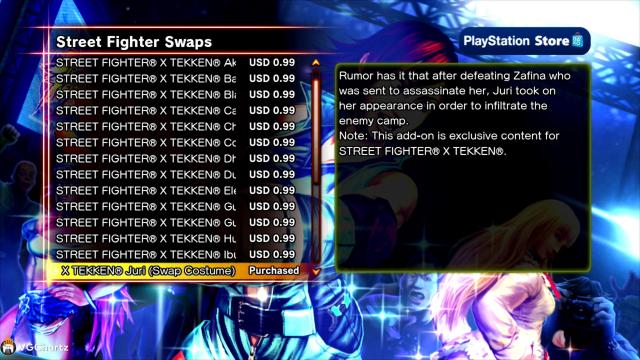
One such issue: in a measure to reduce costs and free up data on the end-user's local hard drive, it was decided to leave portions of the game's planned DLC content on the game disc itself. To fans ill-informed on digital law, this practice, which was exploited by data miners, was seen as Capcom charging for content already owned by the user. However, this is not how digital law works, and Capcom was well within its right to do so. Foreseeing the backlash, Capcom U.S.A. warned its Japanese counterpart not to go through with the decision, however these warnings went unheeded.
This issue was complicated by the fact that several of the game's DLC characters were already playable in the updated Super Street Fighter IV. Street Fighter ⨯ Tekken did not hide the fact that it was built on top of Street Fighter IV, using the same character models, and overall graphical art-style, providing only simple graphical shaders as a means of improving the overall look.
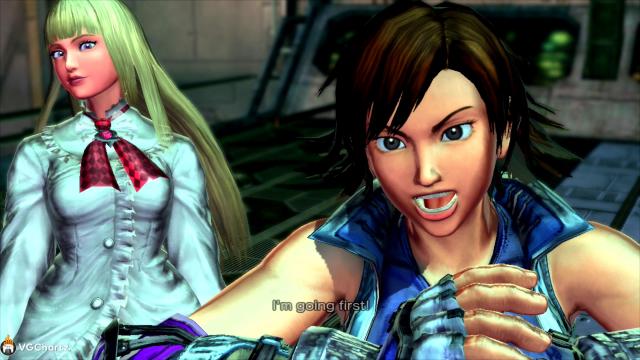
Adding in more confusion were two gameplay mechanics that players didn't particularly like: Pandora Mode and the Gems System. The former was a power-up mechanic, which sacrificed one character on the two-man team to make the remaining fighter stronger for a limited time, which would eventually lead to both characters being sacrificed if the timer depleted without knocking out the opponent. The gems system was a series of power-ups that could be assigned to the character. These would do things like automatically guard at the cost of super meter, increase character speed, or damage by 10% or more if certain conditions were met within a match, and so on. Done as a means of making one "Ryu" different from the other, this mechanic was imbalanced, and with special editions and store-exclusive gems from Gamestop, Best Buy, etc. the game was stepping into pay-to-win territory, with the exclusive Gems being far better than the ones available to the player within the base game. It ultimately led to the entire mechanic being banned in tournaments.
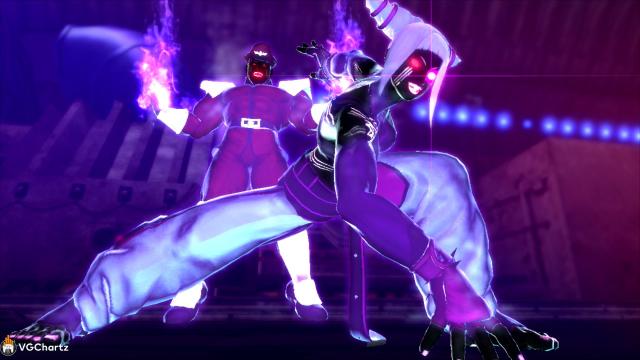
Other issues were with the game's cast of characters. Rufus, who is arguably the most hated Street Fighter character of all time, was included, not only because of his character usage within Street Fighter IV but to also go up against Bob, Tekken 6's own overweight fighter.
Another character included and hated just as much was the 1987 American box art version of Mega Man, who had been aged and looked just as appealing to play as Rufus. This version of Mega Man was intended to be a friendly joke, meant to be in coordination with the assumed revival of the Mega Man series. However, all three Mega Man games in development at the time were cancelled following the departure of series co-creator Keiji Inafune. These three cancellations, combined with this horrid version of Mega Man, led fans to believe Capcom was actively spiting them.
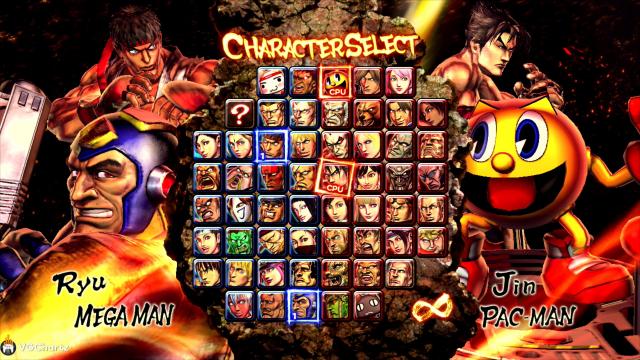
Questionable character choices didn't end there, however, as the PlayStation versions of the game (PS3 and Vita) not only exclusively included Mega Man, but also Pac-Man, Cole (from the Infamous series), and two PlayStation mascots that were virtually unheard of outside of Japan: Kuro and Toro. Like the Gems, all five of these characters would be banned from tournament play, as they weren't available on the Xbox or PC versions of the game.
The game's poor balance also meant that many matches ended in a time-over. The HUD also made it difficult to see which health was recoverable. Tekken characters didn't remotely feel like Tekken characters. There really was no end to the issues with Street Fighter ⨯ Tekken. Even character customization was botched too. While it was good that the player could choose different colors for different parts of their costume, these colors included bright, obnoxious options, with some having glowing or shiny variants, leading to some players producing whatever combination of colors would cause the most amount of eye pain.
While seemingly having a never-ending list of problems, most of the issues were eventually fixed, leading the game to be a solid, fun experience that still holds up today. However, the community has long abandoned it, as the state it's in today is how it should have launched.
Revisiting Street Fighter ⨯ Tekken for this look-back, I was right at home with the Street Fighter characters. The Tekken characters, however, were so foreign to me that I couldn't play with any character that I would normally select in a game of Tekken. Yoshimitsu was a big offender on this front, standing in a Samurai stance, which he has never done in Tekken and missing several alternative stances, like Kincho and Helicopter, as well as a large array of attacks. Techniques I wanted to perform, for Yoshimitsu and other Tekken characters, simply weren't there, and using those Tekken characters in a six-button layout was also very much unappreciated as it further complicated things.
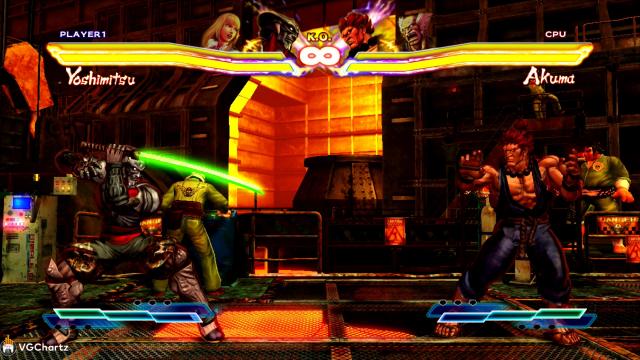
Just as in 2012, the Tekken characters I used while replaying Street Fighter ⨯ Tekken were characters I would never actually use in Tekken - Asuka and Julia. While this may seem like a good thing, the issue is that all the characters feel so different that you can't rely on muscle memory, or much of anything learned in Tekken, and expect it to carry over to this title. I didn't want to use Yoshimitsu. I didn't find it fun to play Jin. Lili felt awful and stiff. These were not Tekken characters anymore. They were essentially Street Fighter imitators of Tekken characters, with varying levels of success.
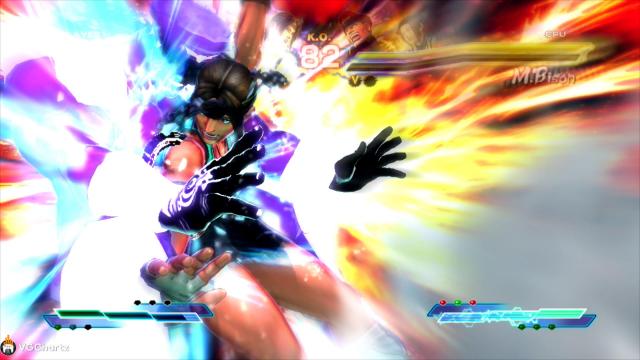
I'll say again, Street Fighter ⨯ Tekken is not bad at all; it's great. The problem is my expectation of how these characters should play, and taking the time to find something that works for me in the game. Some players were excited to see how Tekken characters would play in this new style, however, for me, that wasn't the case. I couldn't use any character that I was familiar with in Tekken. With Julia and Asuka, I had much less of an issue, because I don't play those characters in Tekken. As far as the Street Fighter characters went - Ken, Ryu, Cammy, Juri, and so on - they all felt fine, as it was a Street Fighter game.
Without a player-base, fans returned to the now updated (yet again) Ultra Street Fighter IV. This version of the game also included the Street Fighter branded stages from Street Fighter ⨯ Tekken, as well as Street Fighter characters from the crossover that weren't previously in a version of Street Fighter IV, which was Capcom essentially salvaging what it could from a burning building.
Although Namco mentioned it would be developing its own version of the cross-over, the backlash from Capcom's game has most likely forced the company to hold off, creating distance between itself and the failures of Street Fighter ⨯ Tekken. Tekken 7 would include Akuma from Street Fighter IV, as well as Geese Howard from SNK's Fatal Fury, and Namco's own Eliza - the three of which essentially have some 2D mechanics built into their 3D playstyle. This is commonly seen as Namco's testing of mechanics before making a full-blown crossover with Street Fighter.
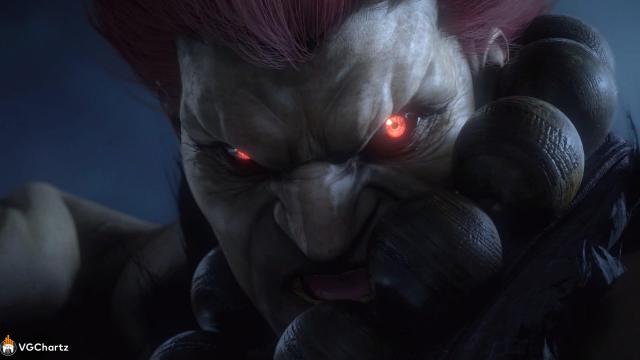
Now, however, Street Fighter has been overtaken in the 2D fighting game space. Following initial setbacks for Street Fighter V, Mortal Kombat 11 has since overtaken it as the new king of 2D fighting, selling over 8 million copies to date, compared to Street Fighter V's 3.7 million. Unlike Street Fighter, Mortal Kombat uses the same 1-4 button notation as Tekken. With Mortal Kombat previously trying its hand at 3D, then perhaps with help from Namco a Mortal Kombat ⨯ Tekken could not only become the dream crossover that no one thinks can happen but also one that works in both 2D and 3D styles.
It's a crossover that may very well hinge on the handling of blood and fatalities, but I personally wouldn't be against Kazuya performing four consecutive electric-wind-god-fists on Quan Chi, or Yoshimitsu slicing Scorpion in half (or the other way around) - he's already done it to Bryan anyway. Knock on wood. Cross your fingers. Send those tweets.
More Articles

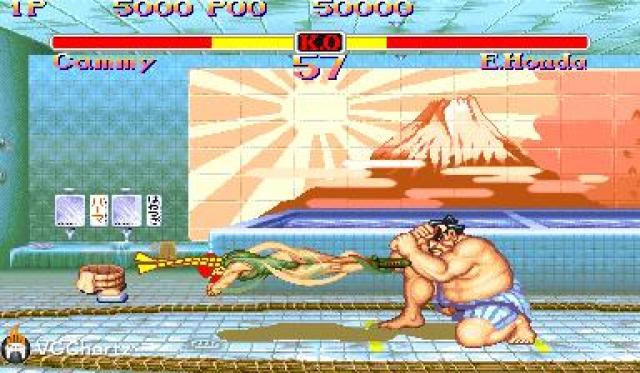


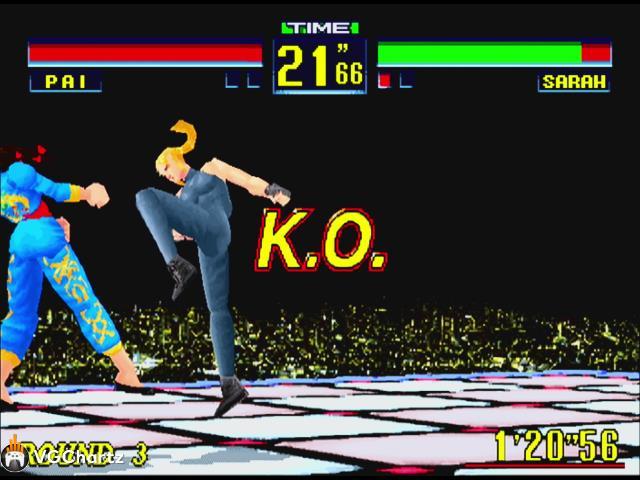


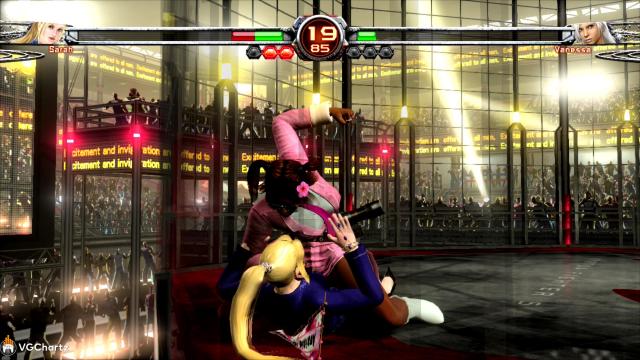
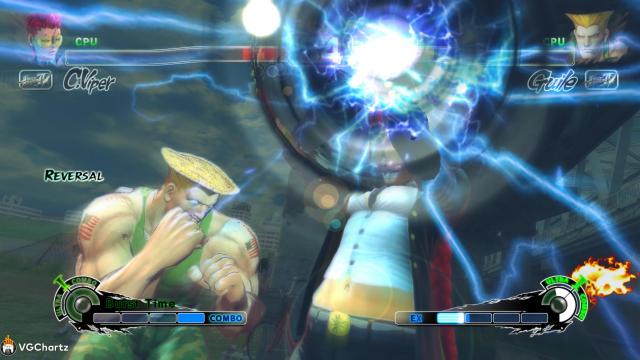
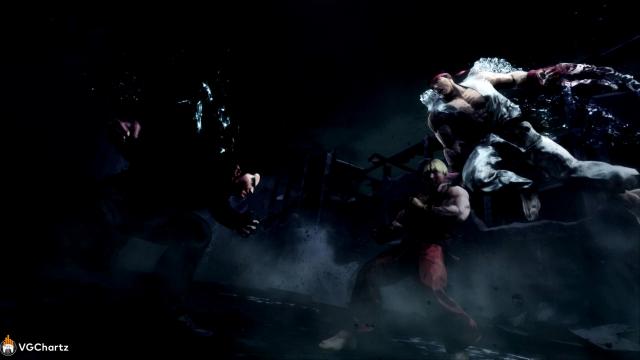




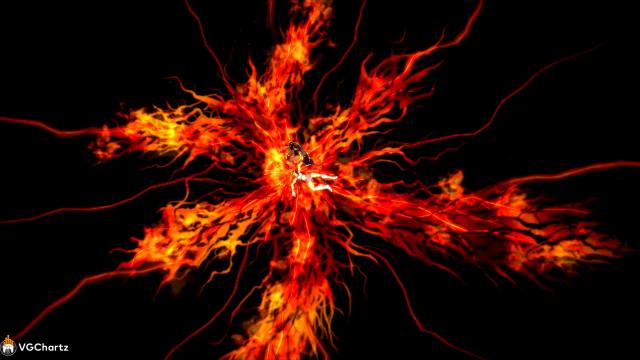


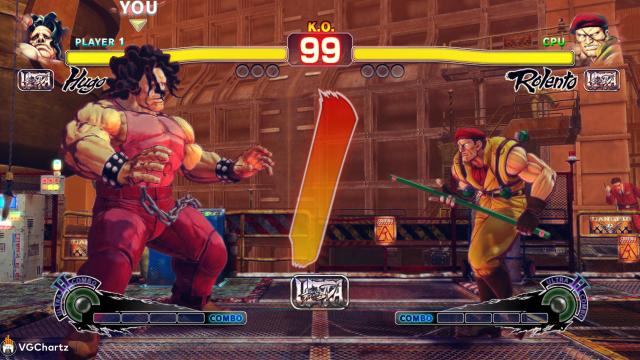

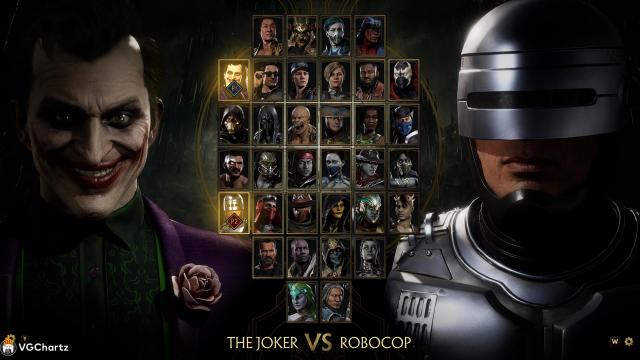








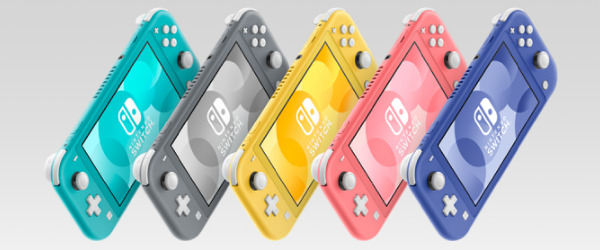
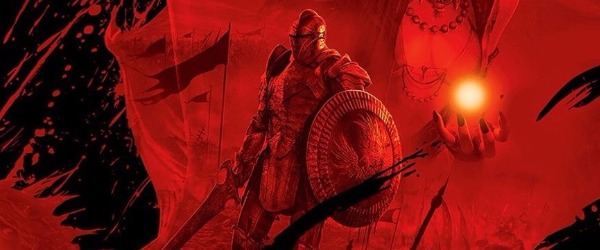
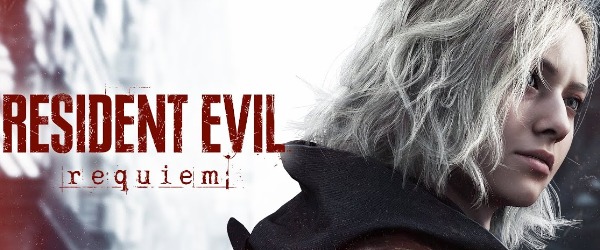
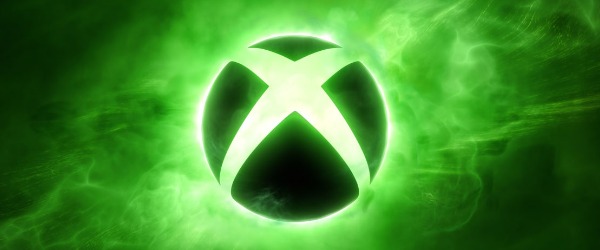










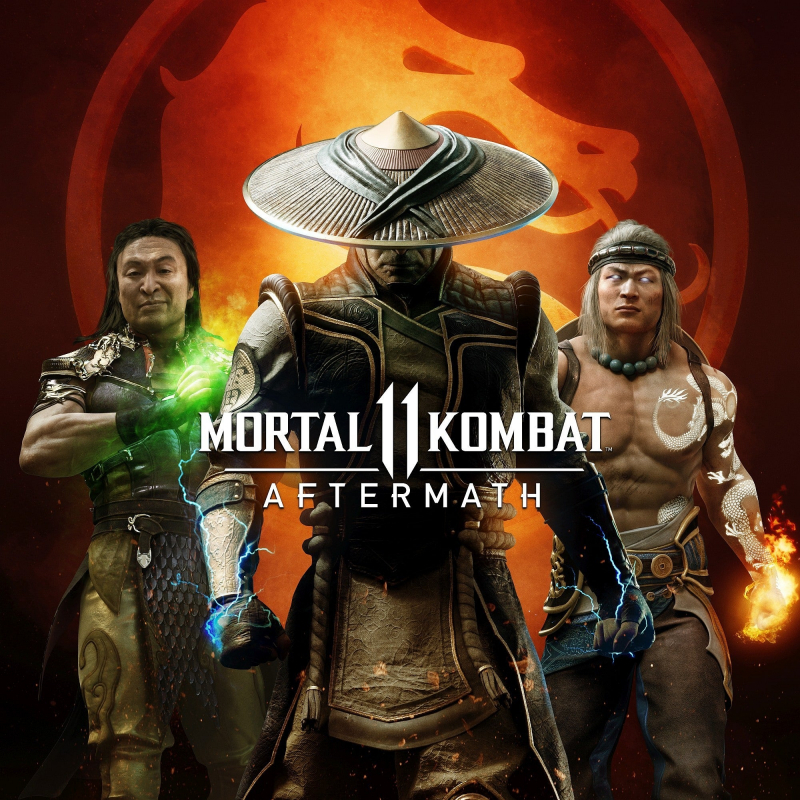

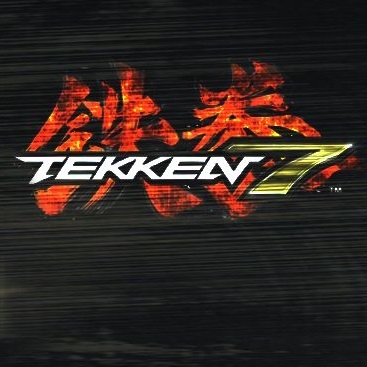

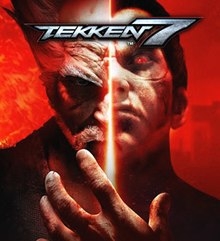

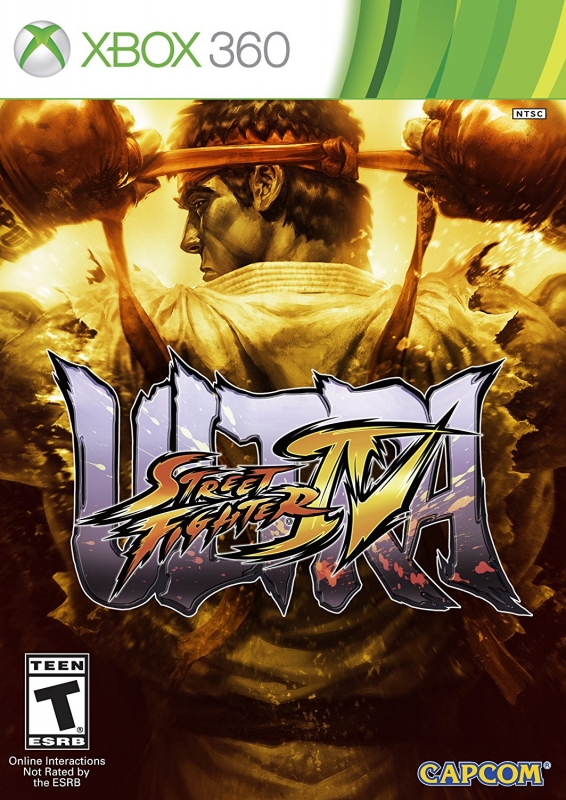

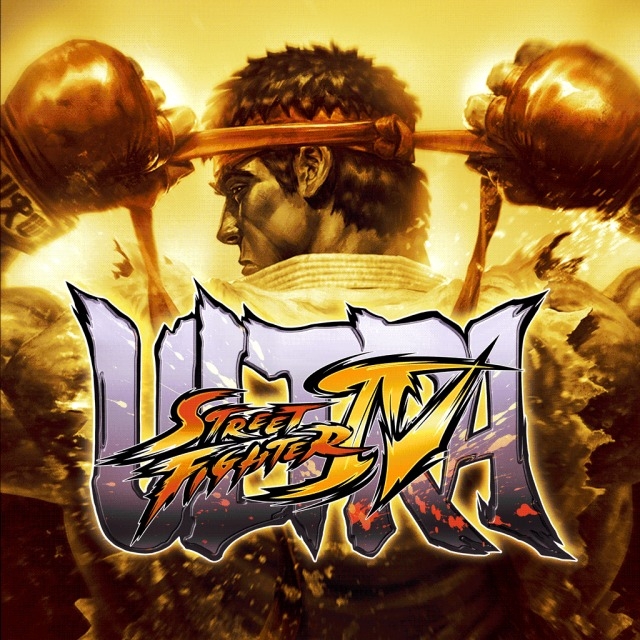

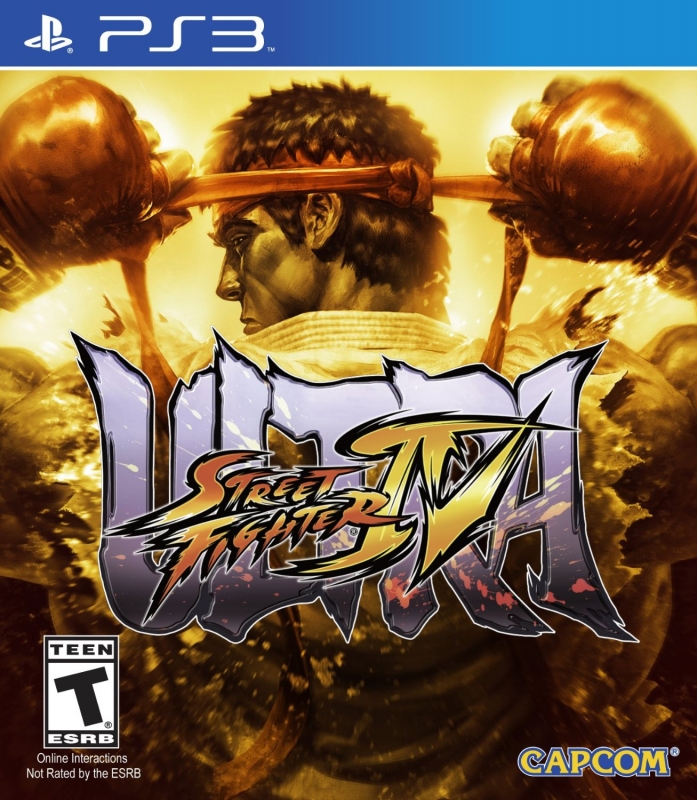

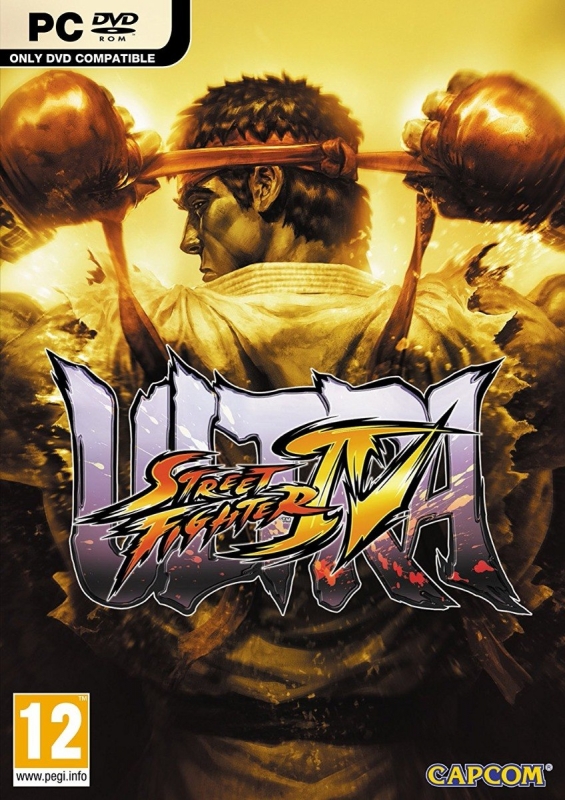

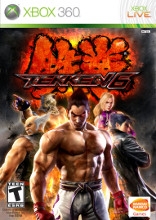
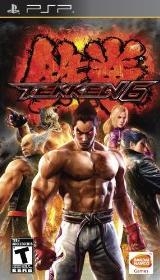



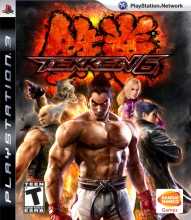
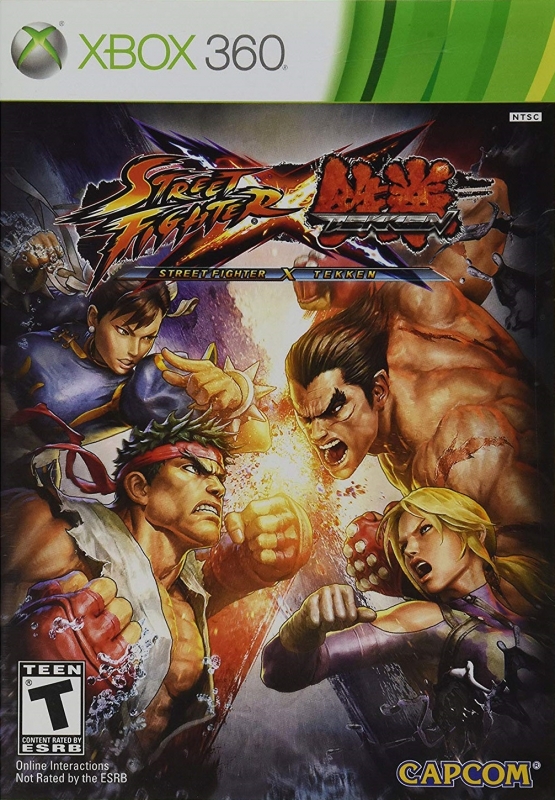
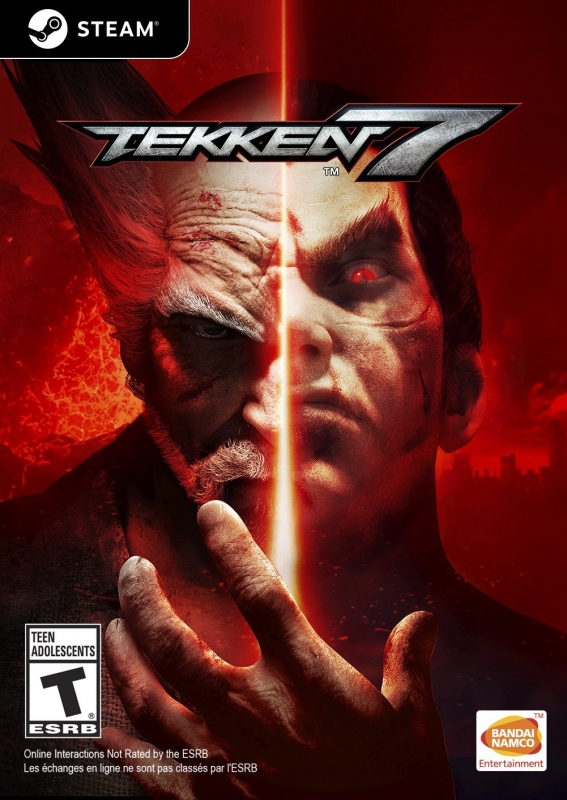
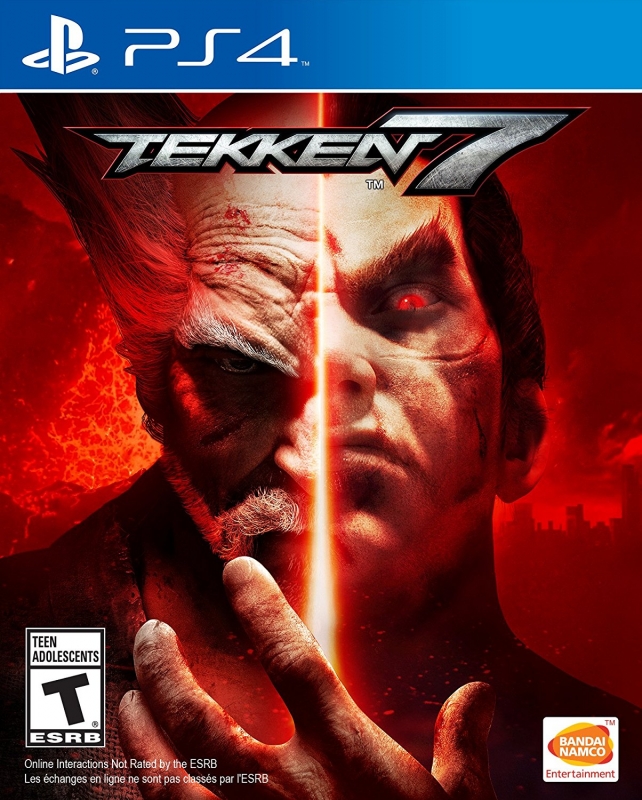
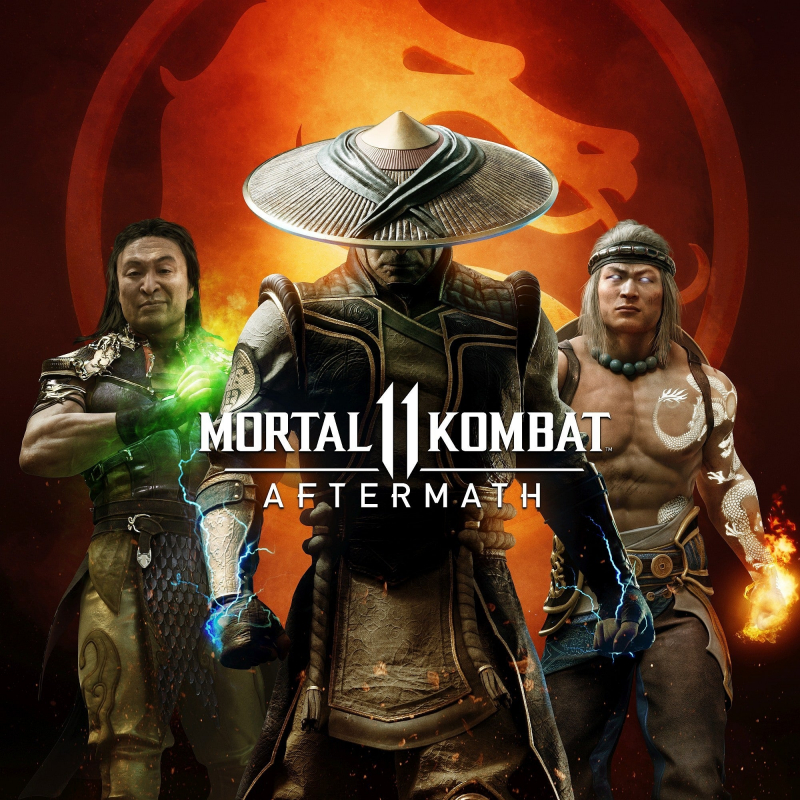
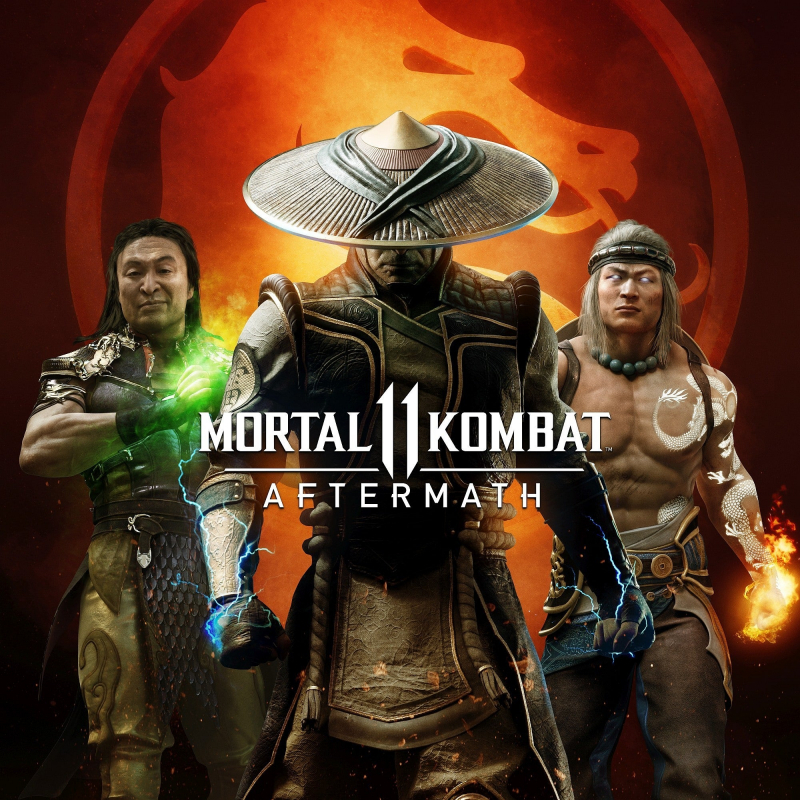
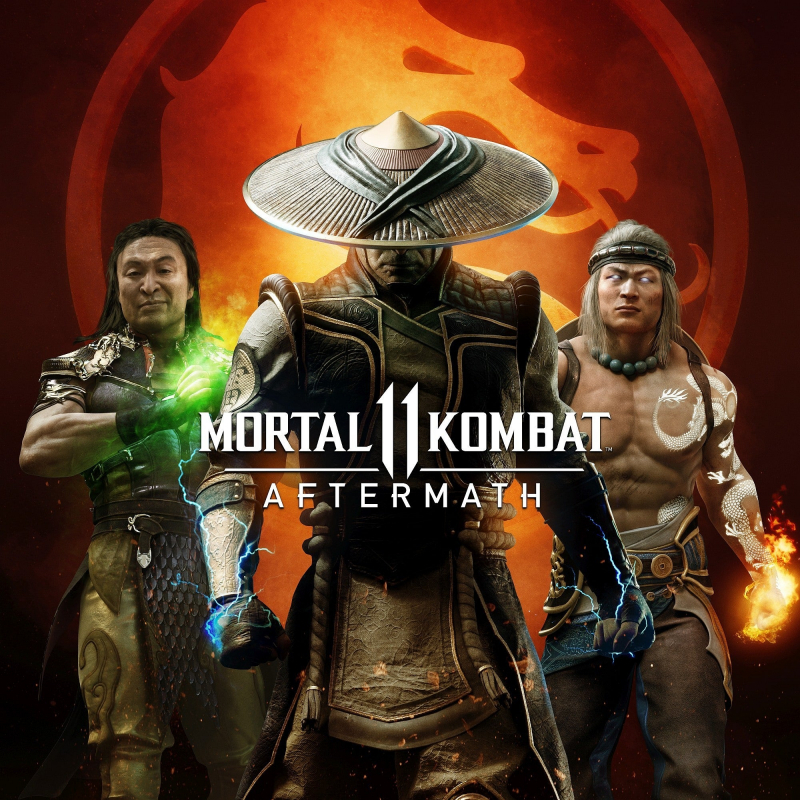

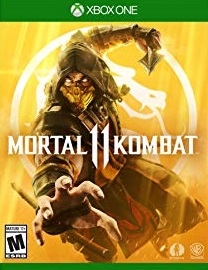
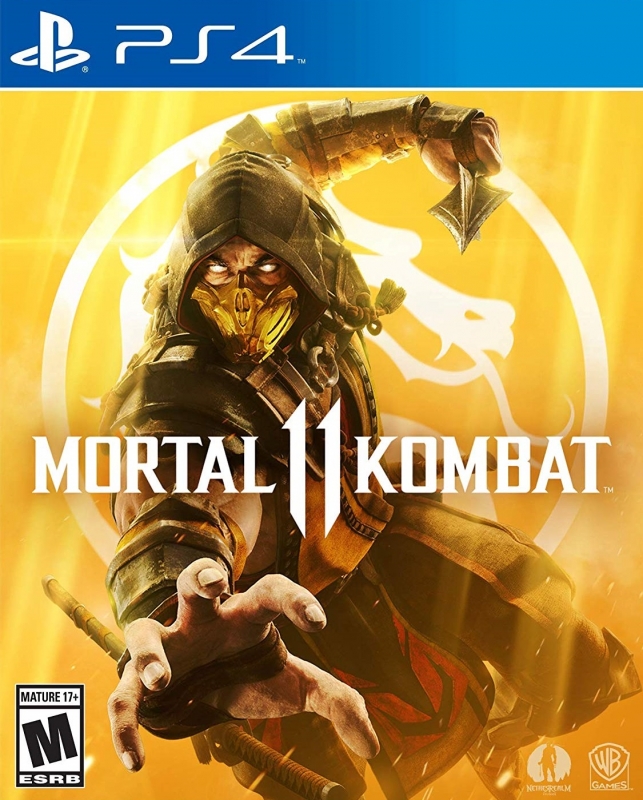
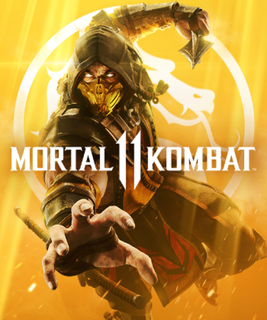
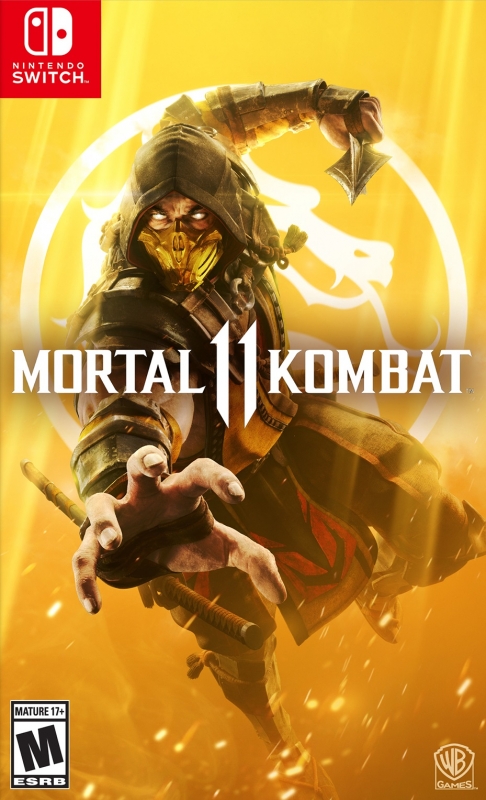
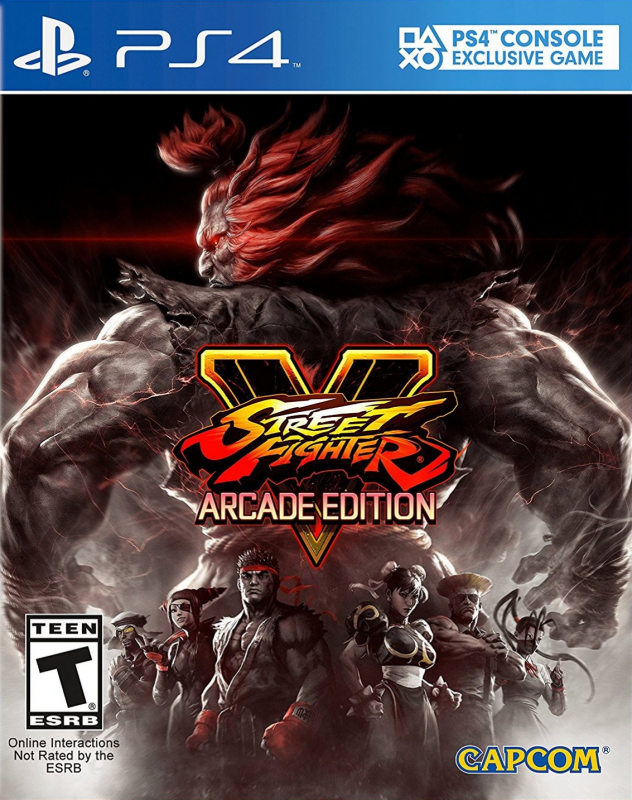
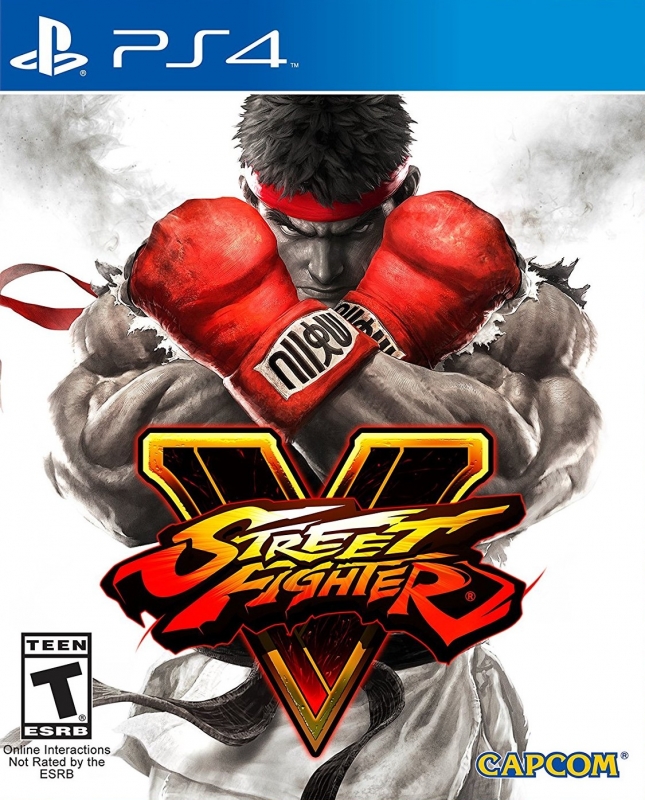
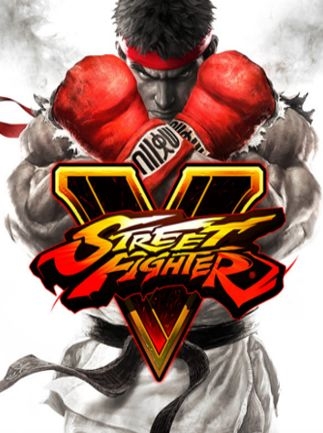
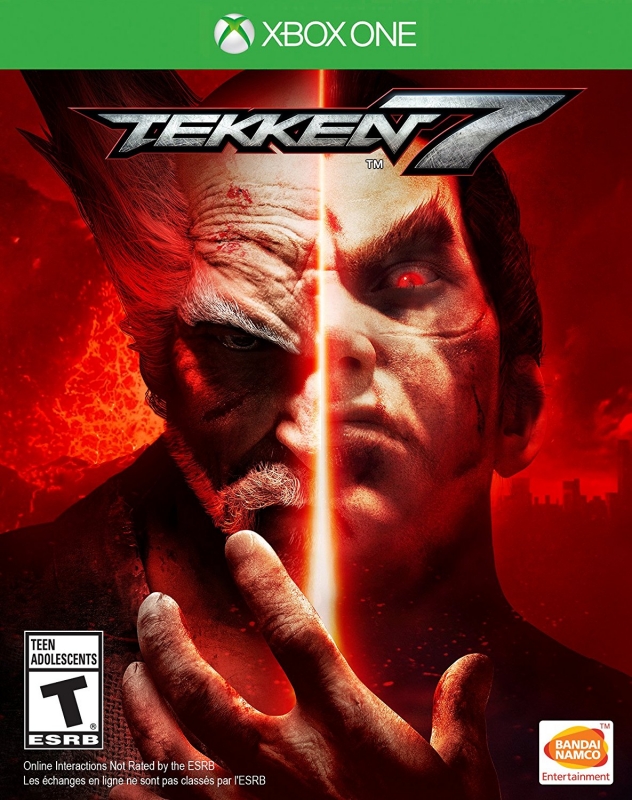
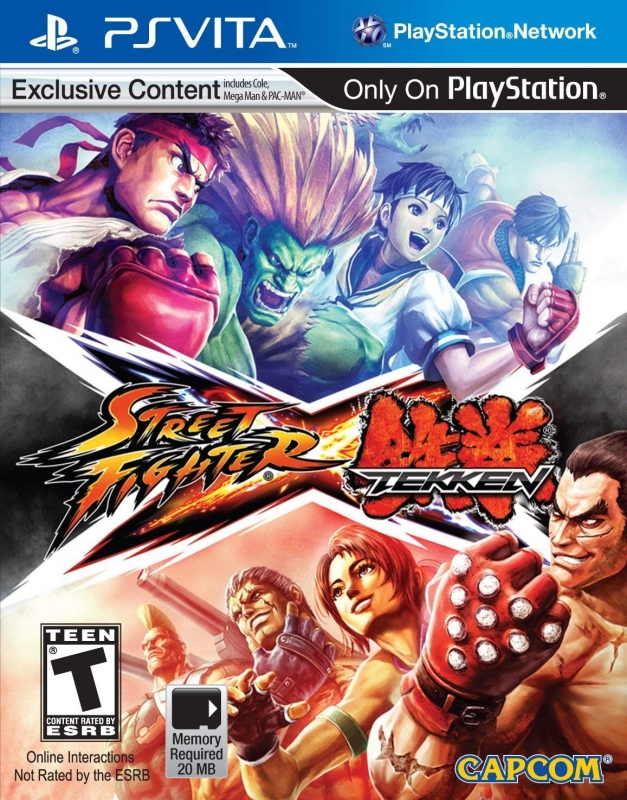

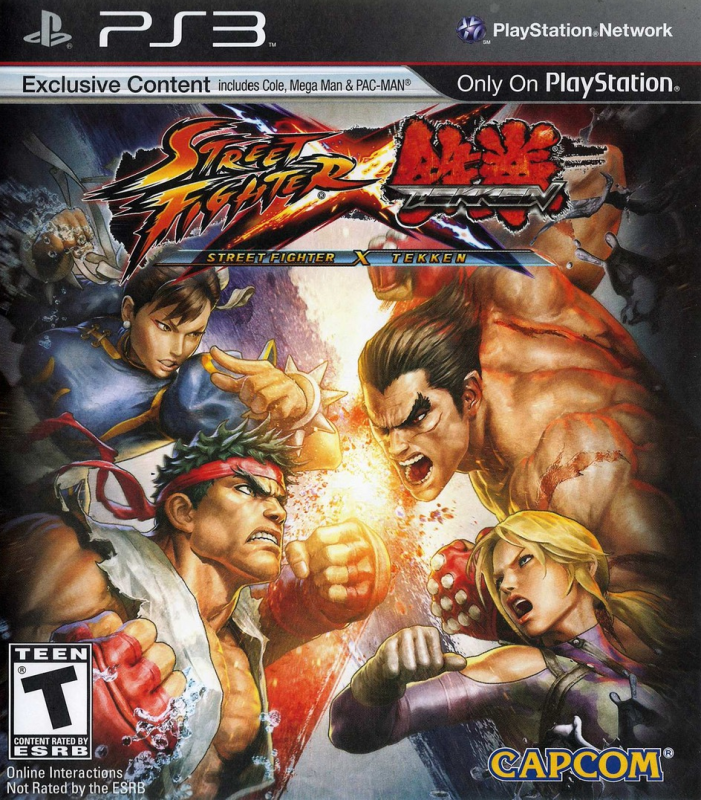
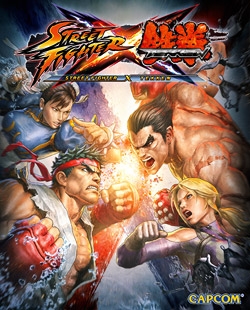
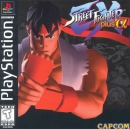

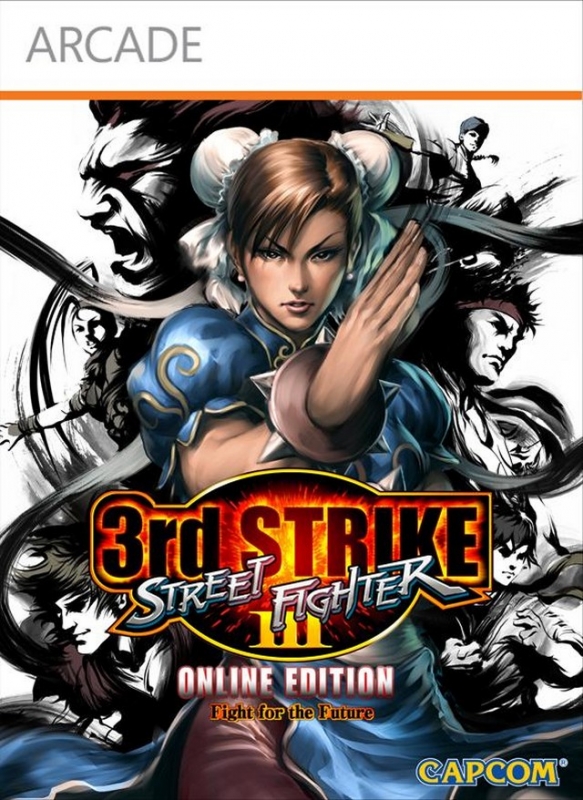

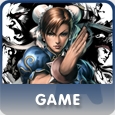
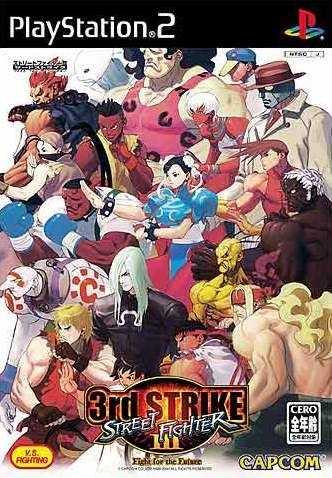



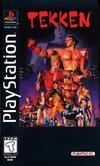
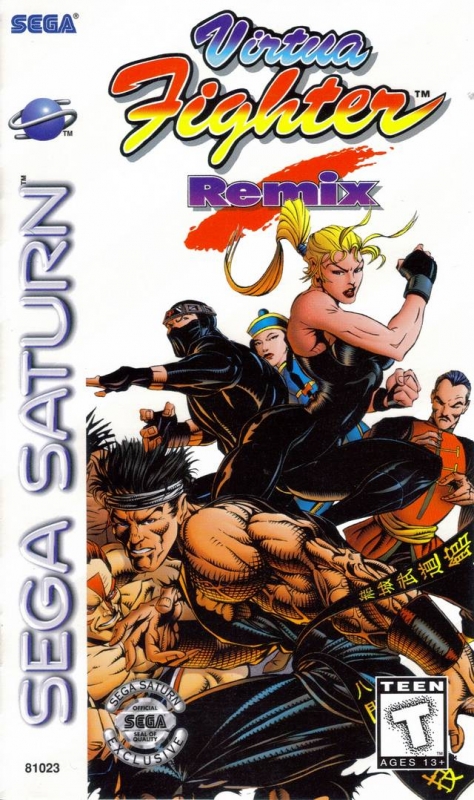


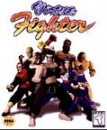


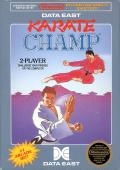

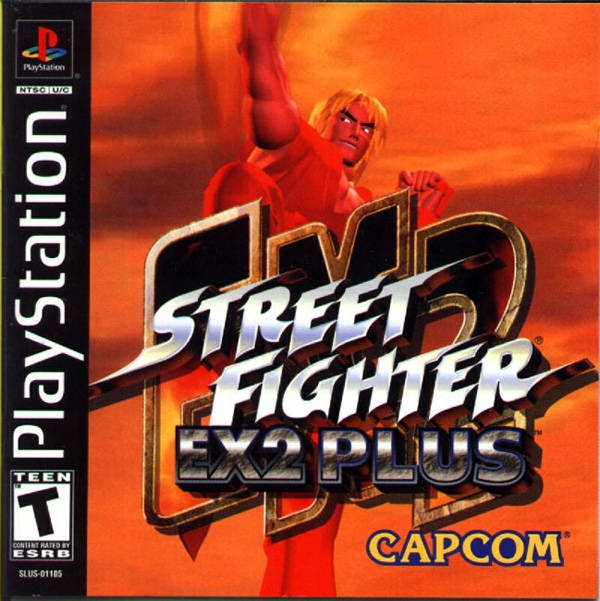
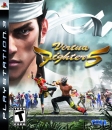
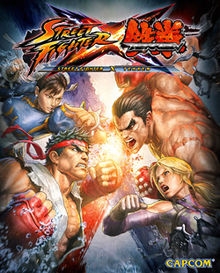
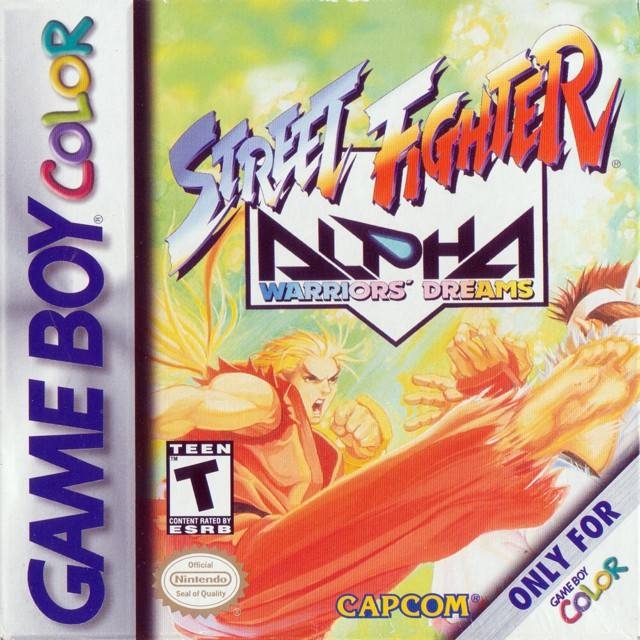

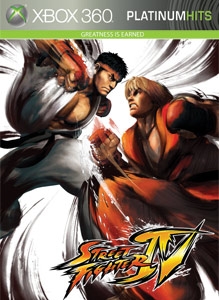
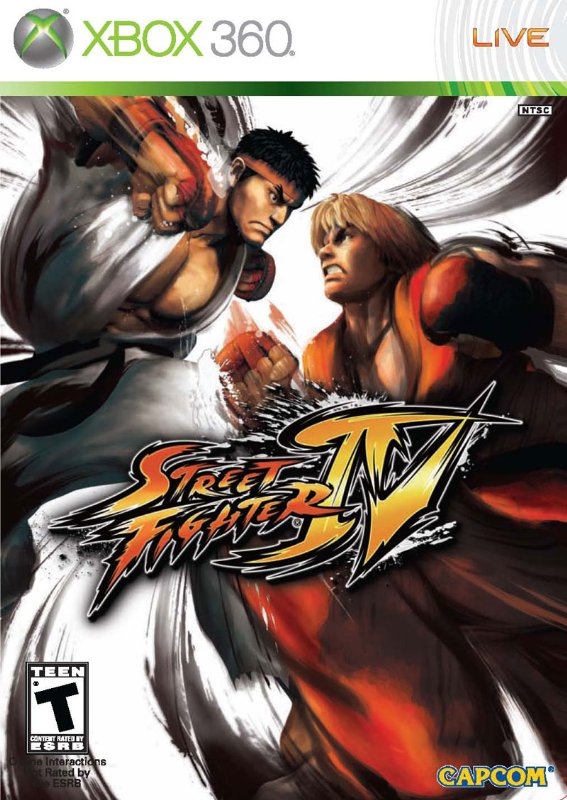
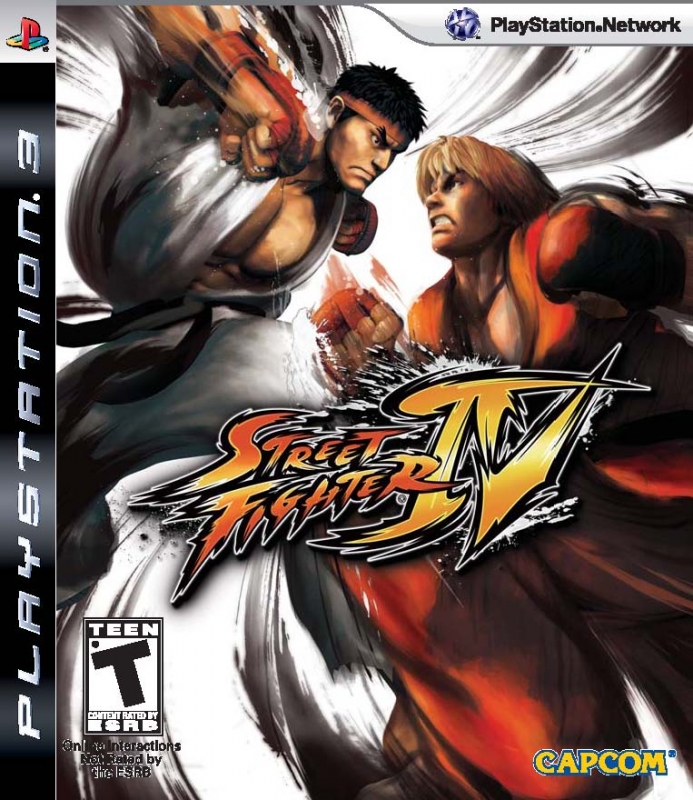
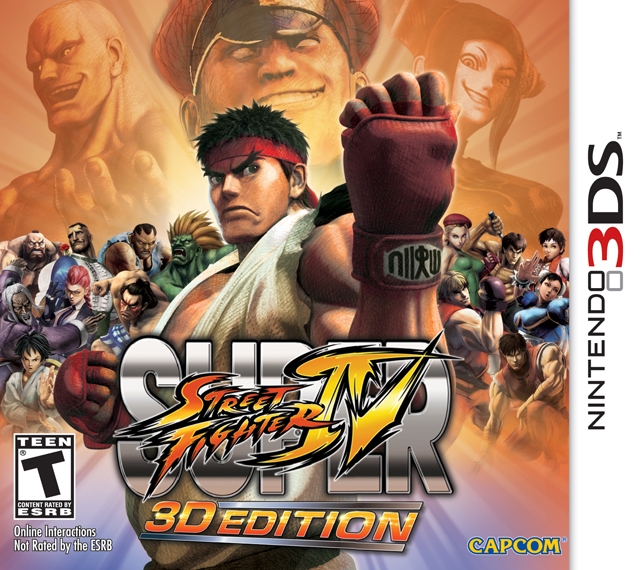

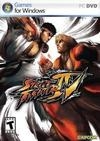
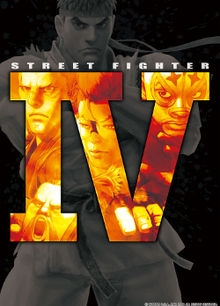
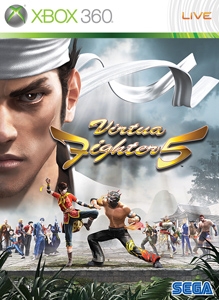


 Essay Pro
Essay Pro